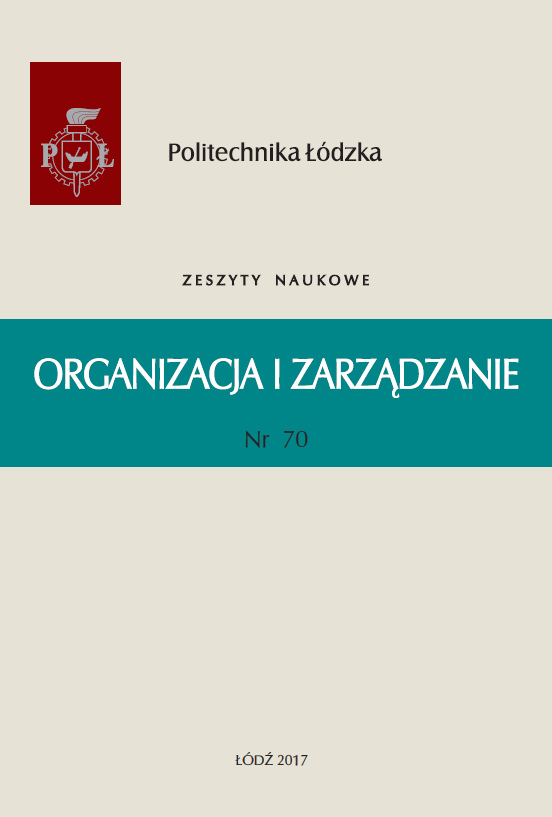Abstrakt
Nowadays, the increase in greenhouse gas (GHG) emissions in the atmosphere is currently one of the most serious environmental treats. Due to GHG emissions we will be witnesses of climate change which will cause damaging impacts in the next few decades [1]. These will primarily affect the natural and human systems [2]. At the same time these emissions are also a limiting factor for the economic growth of some countries, especially those in the transition process [3]. One of the reasons for that is the protocol, adopted in 2012 at Doha 2012 UN Climate Change Conference COP18 CMP8, at which the industrial world agreed to reduce the emissions of greenhouse gases approximately 18% below 1990 levels by 2013-2020 [4]. In the meantime, also due to the climate change and the increase in environmental awareness all over the world, the concept of Green Supply Chain Management appeared. It is often defined as integrating environmental thinking into supply chain management [5].Within that concept many greening elements aimed at the reduction of materials, energy, waste, pollution and emissions, or promoting the usage of recyclable materials and renewable energy sources, are introduced in various segments of supply chains. The proof lies in number of examples from industry, as well as in significant interest of academic community that could be seen through research papers, doctoral thesis and research projects.
Bibliografia
Psomopoulos C.S., Skoula I., Karras C., Chatzimpiros A., Chionidis M.: Electricity savings and CO2 emissions reduction in buildings sector: How important the network losses are in the calculation? Energy, 35(2010)1, 485-490.
Houghton J.T., Jenkins G.J., Ephraums J.J.: Climate change, the IPCC scientific assessment, Cambridge: Cambridge University Press, 1990.
Liu C.C.: An extended method for key factors in reducing CO2 emissions, Applied Mathematics and Computation 189(2007)1, 440-51.
https://unfccc.int/2860.php, accessed 19.03.2014.
Srivastara S.K.: Green Supply-Chain Management: A State-of-The-Art Literature Review, International Journal of Management Reviews, 9(2007)1, 53-80.
Bacallan J.J.: Greening the supply chains, Business and Environment, 6(2000)5, 11-12.
Opetuk T.: Model of Green supply chain management implementation, Doctoral thesis 2016, University of Zagreb, Faculty of Mechanical Engineering and Naval Architecture.
Hauschild M., Jeswiet J., Alting L.: From Life Cycle Assessment to Sustainable Production: Status and Perspectives, CIRP Annals – Manufacturing Technology, 54(2005)2, 1-21.
Jeroen B.G.: Handbook on Life Cycle Assessment – Operational Guide to the ISO Standards, Kluwer Academic Publishers, New York, Boston, Dordrecht, London, Moscow, 2004.
Chaudhary K., Chandhiok T.: Product Lifecycle Management Phases of Product Lifecycle and Corresponding Technologies, International Journal of Marketing and Technology, 1(2011)1, 25-36.
www.epa.vic.gov.au/lifecycle, accessed on 24.04.2012.
cscmp.org, accessed on 24.04.2012.
Bourlakis M.,Weightman P.: Introduction to the UK Food Supply Chain, Chapter 1 in book Food Supply Chain Management, ISBN 1-4051-0168-7, Blackwell Publishing, Oxford, 2004, 1-10.


